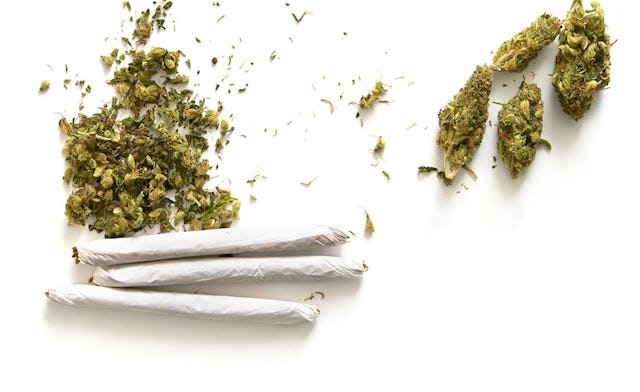4 Ways We Can Keep Teens Away From Pot

This is all fine and good by me, but how do we keep legal pot away from kids and teens? A group of researchers out of Johns Hopkins University think that if we address this issue early enough—using what we’ve learned through alcohol and tobacco legalization—we can nip access issues in the bud. The researchers offered the following tips in a commentary published yesterday:
1. Keep marijuana expensive. The researchers point out that adolescents are more likely than adults to limit their tobacco use when prices rise. Marijuana is already much more expensive than tobacco or alcohol, generally speaking, so we might be ahead of the game with this one. We don’t want prices to rise so much that adult users feel forced to purchase it again from dealers, but finding a happy medium shouldn’t be too difficult. Controlling access to single joints and edibles is important—those are some of the items young people are most able to afford.
2. Control the retail environment. Research shows that young people are more likely to use illegal substances when they are sold close to schools or playgrounds. So let’s keep marijuana retail stores a consistent distance from these places. The researchers also suggest that stores selling marijuana sell nothing else. An alternative to this idea might be to enforce tight ID checks at the entrances to such stores. Marijuana retailers should never estimate a buyer’s age in place of checking an ID. One way this can be enforced is with steep fines for retailers who sell to underage buyers.
3. Make sure the product isn’t directly appealing to kids. While teens might pursue marijuana intentionally, children might ingest it accidentally. The biggest concern here is with edibles. Not only are marijuana edibles typically sweets, but they often have colorful packaging. Eating uncooked marijuana leaves won’t endanger a child, but eating edibles will strongly affect a child—the high is often more intense than the high received from smoking. For this reason, states should pass legislation mandating that edibles packaging is childproof and the design is reasonably unappealing to children. (Do we really need cartoons on edibles packaging?)
4. Regulate marketing and advertising. We know that youth who are exposed to alcohol and tobacco marketing and advertising are more likely to use. And that’s a shame because advertising for those products has traditionally been everywhere (check out some of these vintage tobacco ads, many of which appeared in young women’s magazines). We should prove we’ve learned our lesson and tightly regulate the marketing and advertising of marijuana products from the beginning. No cartoonish symbolism, no commercials between Dora the Explorer episodes, and no rampant romanticization of pot in media targeting teens, please.
The researchers appropriately point out that marijuana will carry its own considerations, which don’t apply to alcohol and tobacco. For instance, marijuana is easily grown in anyone’s backyard. Marijuana has also become a go-to medicine for many conditions, leading some parents and doctors to treat children with marijuana. But after all we’ve watched unfold in the alcohol and tobacco industries in regard to youth use, we’ll have no one to blame but ourselves if we let this one get away from us and into their hands.
This article was originally published on